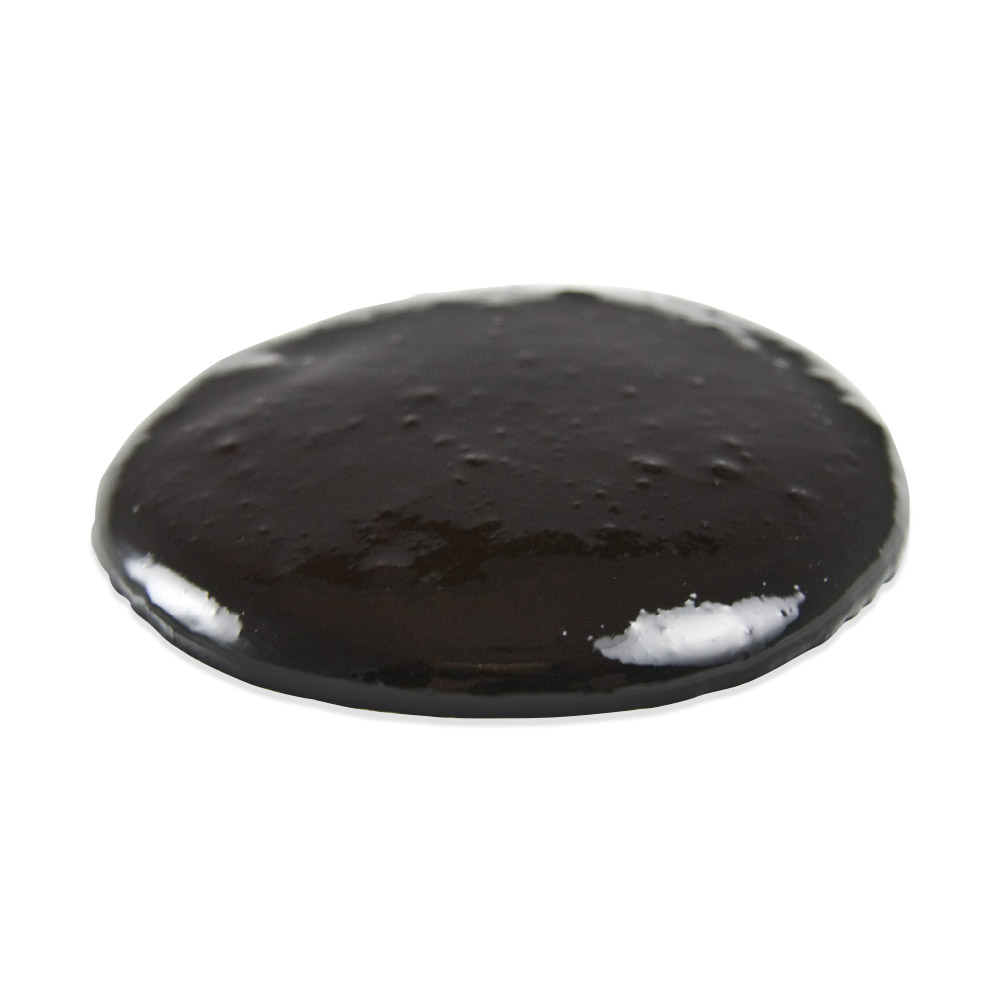
Squid Ink Could Be the Latest Tool for Detecting Gum Disease
While squid ink is primarily used as a coloring agent for pastas and risotto, it could also one day make getting checked for gum disease at the dentist less tedious and even painless.
By combining squid ink with light and ultrasound, a team led by engineers at the University of California San Diego has developed a new dental imaging method to examine a patient’s gums that is non-invasive, more comprehensive and more accurate than current processes.
The conventional method for dentists to assess gum health is to use an instrument called a periodontal probe – a thin, hook-like metal tool that’s marked like a tiny measuring stick and inserted in between the teeth and gums to see whether and how much the gums have shrunk back from the teeth, creating pockets. This method of measuring pocket depth is the gold standard used in dentistry. A pocket depth measuring one to two millimeters indicates healthy gums while three millimeters and deeper is a sign of gum disease; the deeper the pockets, the more severe the gum disease.
“Using the periodontal probe is like examining a dark room with just a flashlight and you can only see one area at a time. With our method, it’s like flipping on light switches so you can see the entire room all at once.” Dr. Jesse Jokerst, PhD
Procedures using a periodontal probe can be invasive, uncomfortable and sometimes painful for the patient. Measurements can also vary greatly between dentists, and the probe is only capable of measuring the pocket depth of one spot at a time.
The new method, tested in pig models, begins by rinsing the mouth with a paste made of commercially available food-grade squid ink mixed with water and cornstarch. The rinse serves as a contrast agent for an imaging technique called photoacoustic ultrasound.
Squid ink naturally contains melanin nanoparticles, which absorb light. During the oral rinse, the melanin nanoparticles get trapped in the pockets between the teeth and gums. When researchers shine a laser light onto the area, the squid ink heats up and quickly swells creating pressure differences in the gum pockets that can be detected using ultrasound. This method enables researchers to create a full map of the pocket depth around each tooth—a significant improvement over the conventional method.
To read more about this study visit the Journal of Dental Research (2017).
Leave a reply →